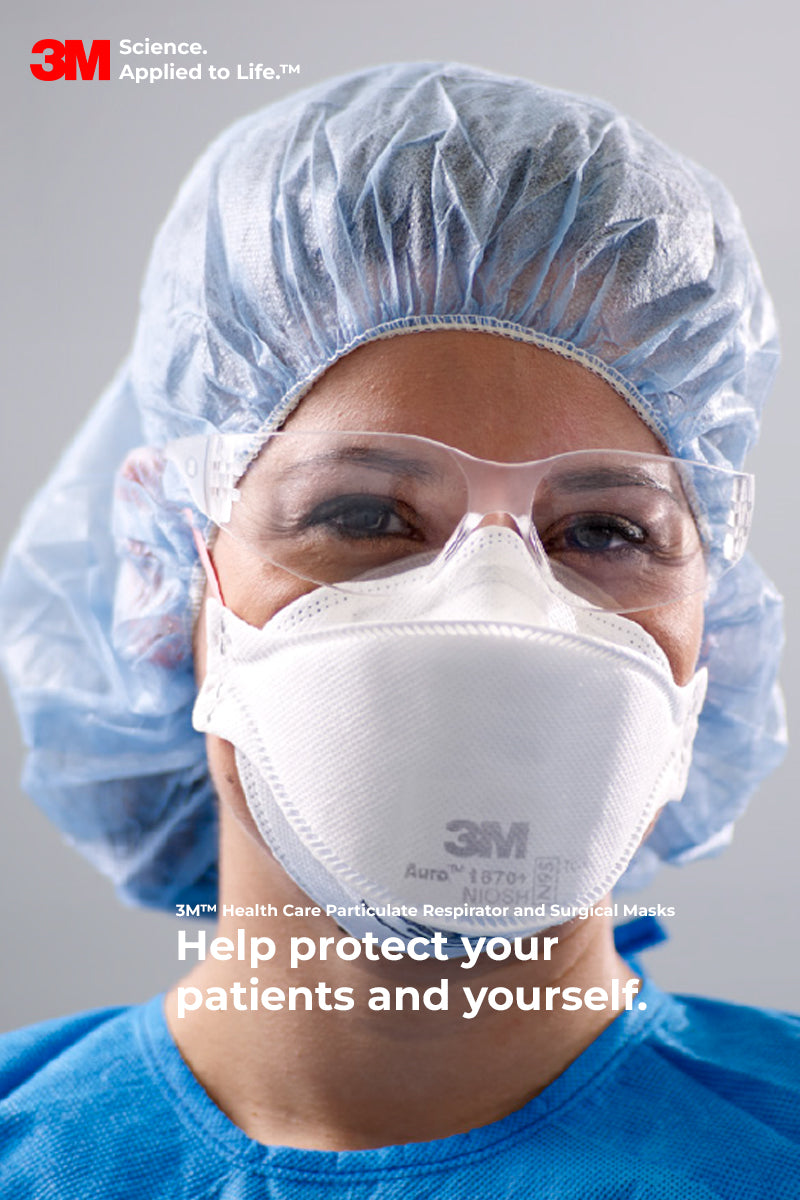2019 CORONAVIRUS CHINA OUTBREAK
Resource Center Topics
Coronavirus Information
Ebola Information
Ebola Virus Information
Ebola Donning
Ebola Doffing & Disposal
Hearing Protection
Avian Bird Flu Information
Chemical Safety
General Workplace Safety
Basic First Aid
Ergonomics
OSHA Checklist for General Industry
Welding Safety
Healthcare/Laboratory
Electrical Safety
2019 Coronavirus China Outbreak
2019 Novel Coronavirus Outbreak - What is it?
The 2019 Novel Coronavirus (2019-nCoV) originated out of Wuhan, Hubei Province, China in late December 2019. Chinese authorities have confirmed more than 200 human infections in China, as well as cases related to the Chinese outbreak appearing in Japan, South Korea, and Thailand (Source: CDC). Though originating originally from a livestock market in Wuhan, the virus soon began appearing hundreds of miles away with people not exposed to livestock.
As of January 20, 2020, authorities in China have confirmed human-to-human transmission of the coronavirus, with the New York Times reporting that 14 medical workers were infected by a hospital patient (Source: NYT).
Key Medical Criteria
| Clinical Features | & | Epidemiologic Risk |
|---|---|---|
| Fever1 and symptoms of lower respiratory illness (e.g., cough, difficulty breathing) | and | In the last 14 days before symptom onset, a history of travel from Wuhan City, China.
– or – In the last 14 days before symptom onset, close contact2 with a person who is under investigation for 2019-nCoV while that person was ill. |
| Fever1 or symptoms of lower respiratory illness (e.g., cough, difficulty breathing) | and | In the last 14 days, close contact2 with an ill laboratory-confirmed 2019-nCoV patient. |

How to prevent infection?
Though the exact method of transmission for this new Coronavirus outbreak in China have yet to be determined (Source: CDC), transmission via respiratory aerosols (breathing in potentially infectious air from another human) cannot be ruled out. Recommended prevention begins with the 3M 1860 Health Care Particulate Mask as the first line of defense to protect you from breathing in infectious particles. Enviro Safety Products has an extensive supply of products dedicated to these tasks, and we can supply your organization or home with these products.
aerosols, droplets, and other body fluids (including but not limited to urine, saliva, feces, vomit, and mucus) of a person who is sick with coronavirus
objects (like needles and syringes) that have been contaminated with the virus from humans or infected animals
Contact with bodies of victims as coronavirus may still be infectious after death.
Prevention is done through avoiding infected individuals, or if you must be in contact, wearing appropriate PPE (Personal Protective Equipment). These include protective suits (we recommend the LAKC55414), Boots (we recommend the Onguard ON81011), gloves (HIGN19) and full face protection (3MM6800 masks with appropriate filters. All of which must be discarded if they come into contact with infected material or potentially infected material.
Enviro Safety Products offers a complete line of defense to help fight the battle against Coronavirus transmission.
For information about the Coronavirus outbreak, visit https://www.cdc.gov/coronavirus/2019-ncov/index.html.
Enviro Safety stocks and sells products ready to help in the prevention of the spread of 2019-nCoV, and we can ship worldwide. With extensive experience our staff can help you to provide your teams and personal with protection for hot zones, hospitals and temporary care locations for victims of 2019-nCoV. Our specialized staff will be able to aid you in timing, delivery and sourcing of your needs quickly and professionally. Give us a call today so that we can help.
2019 Coronavirus Outbreak Resources
CDC Information Center - 2019 Wuhan Coronavirus Outbreak Information
European CDC: Novel Coronavirus in China
World Health Organization - 2019 Novel Coronovirus
Please Note: The information contained in this publication is intended for general information purposes only. This publication is not a substitute for review of the applicable government regulations and standards, and should not be construed as legal advice or opinion. Readers with specific questions should refer to the cited regulation or consult with an attorney.









